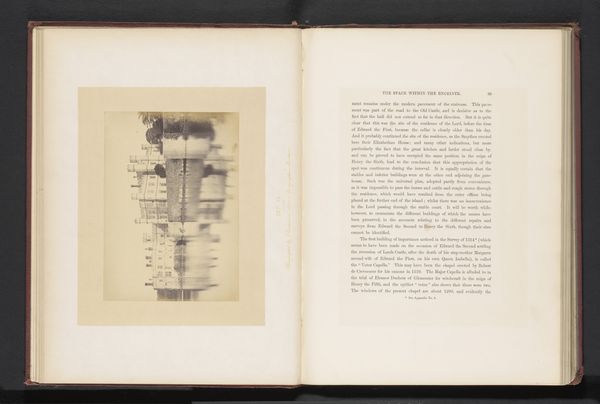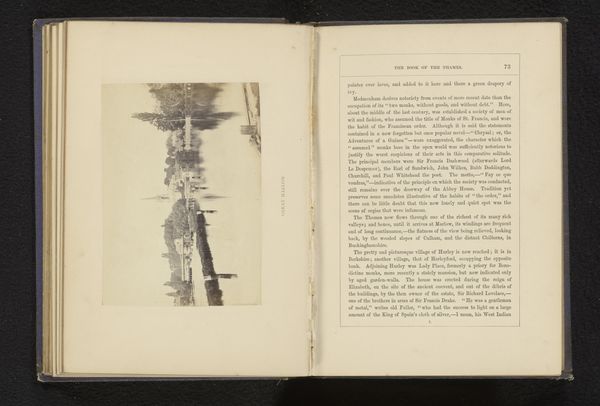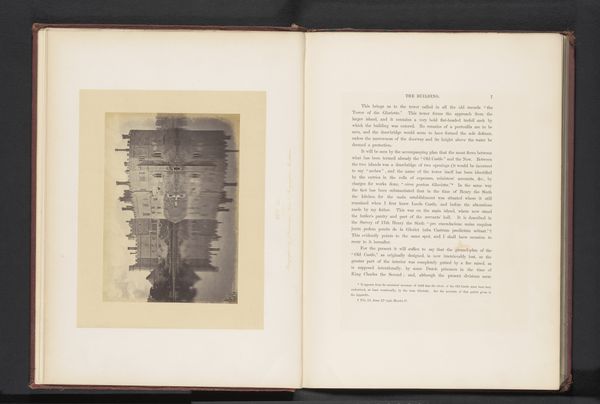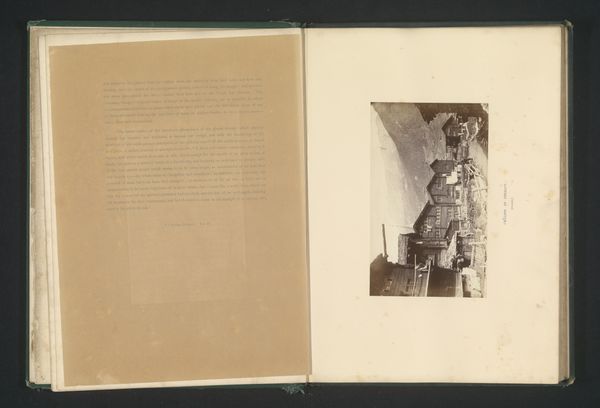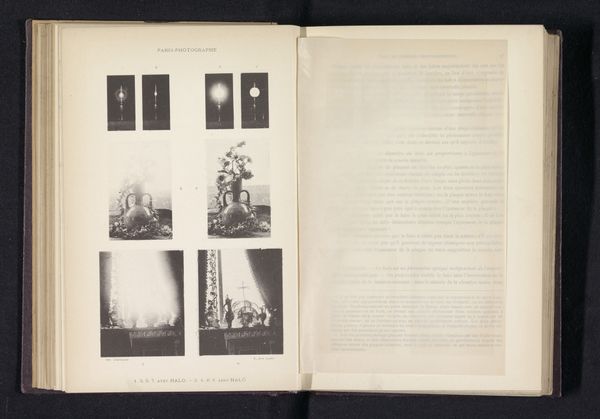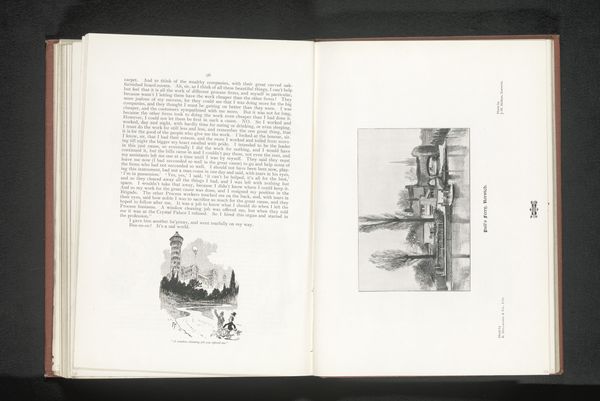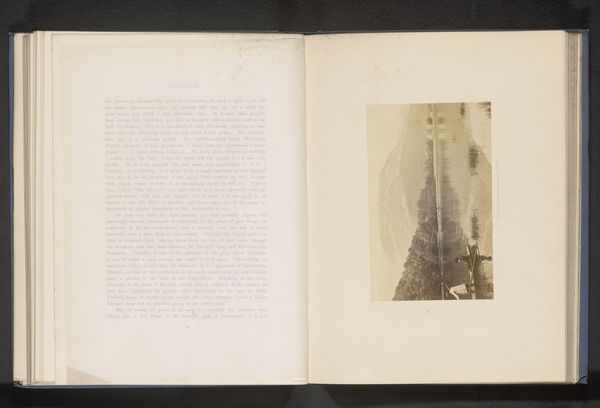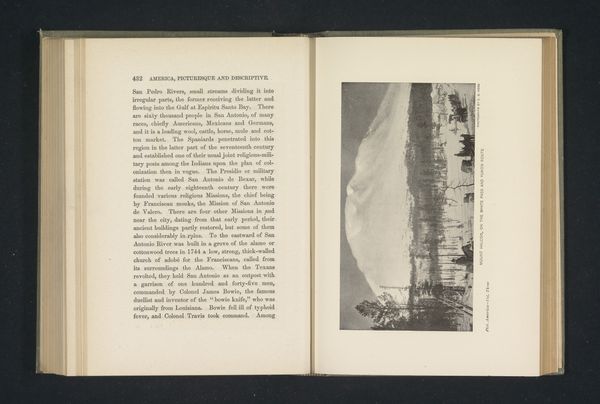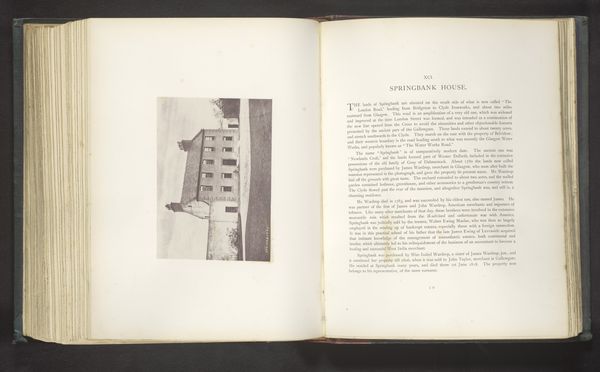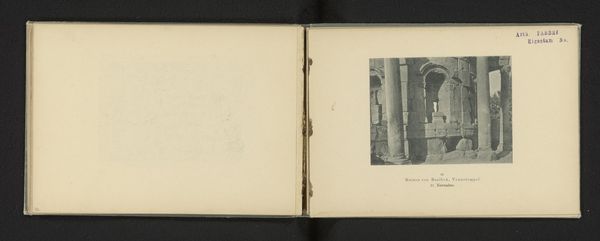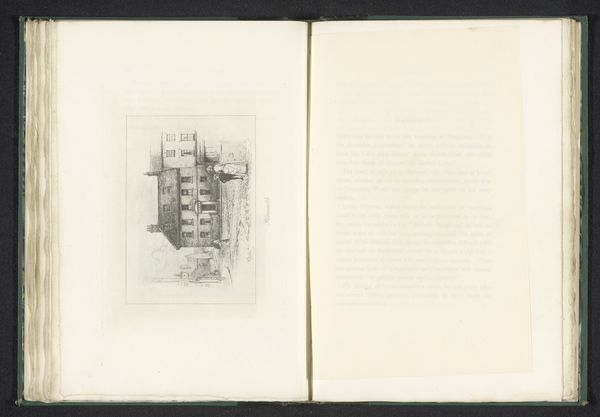
print, photography, albumen-print
#
medieval
# print
#
landscape
#
photography
#
albumen-print
Dimensions: height 144 mm, width 201 mm
Copyright: Rijks Museum: Open Domain
Curator: What a striking image! This is an albumen print entitled "Poortgebouw en brug van Leeds Castle" taken by J. Cruttenden before 1869. Editor: It does have a certain solemn stillness about it, almost ghostly. The light is diffused, giving the stonework a soft, aged quality. It looks medieval. Curator: It is certainly evocative of the medieval era. Castles like Leeds were centers of power, deeply intertwined with the socio-political hierarchies of their time. The act of photographing and documenting these structures plays into the politics of preserving history. The question of who gets to write history, and what visual narratives we construct, becomes relevant. Editor: Exactly. Thinking about the photograph as a print – its very dissemination meant a broadening of access to these historically elite spaces, though no doubt constrained by factors like class and literacy. But more than that, photography itself helped to shape collective imagination about the past and ideas of British identity. What statements were those early viewers interpreting in this image? Curator: The print as a medium speaks to that desire to popularize and to make accessible this image of Leeds Castle, a very palpable embodiment of wealth, aristocracy, and of course, colonial power structures during the medieval and later eras. How did it solidify national identity or justify political narratives during its time? Editor: It’s easy to see how images like this could become shorthand for Englishness and history – a curated version, of course, but powerful nonetheless. We see it in tourism today: Leeds Castle is heavily marketed to the visiting public through the politics of heritage, an enterprise deeply embedded in these same narratives. Curator: Definitely. The preservation and portrayal of such landmarks influence our cultural landscape today. Whose stories do these buildings tell and how are the tales of marginalized communities often overlooked? Editor: Indeed, it reminds us to critically engage with all historical representation to appreciate the nuances and the absences. What looks picturesque also embodies historical and present inequalities. Curator: A crucial point. Thanks for bringing that to light! Editor: Thank you! It is crucial to keep these contexts in mind.
Comments
No comments
Be the first to comment and join the conversation on the ultimate creative platform.
